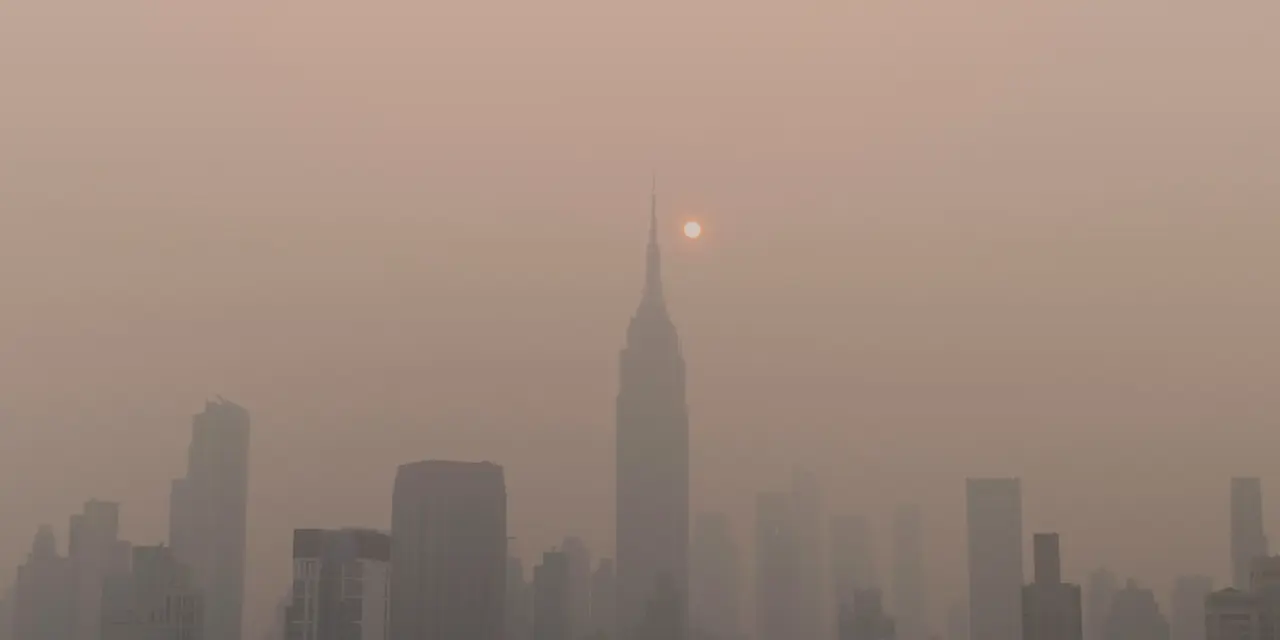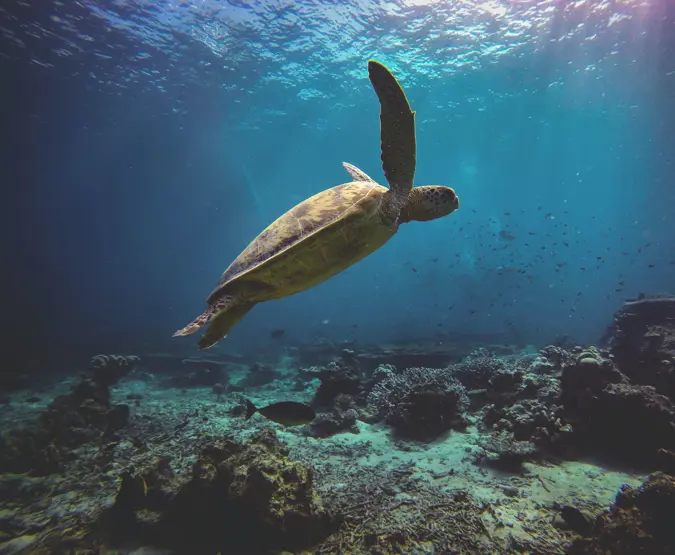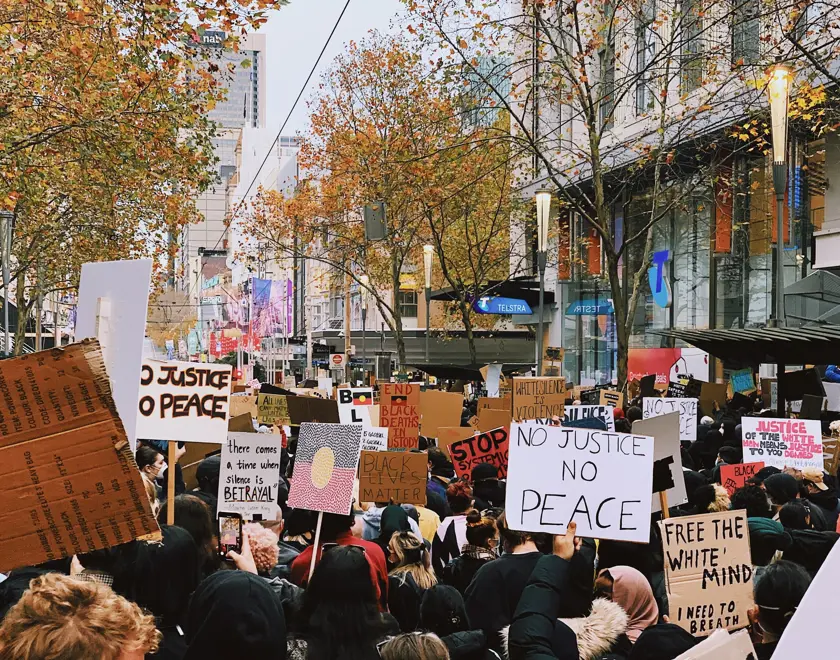Subscribe to our newsletter or donate to help us level the playing field with some of America’s biggest companies.
Climate change impacts the rich and poor very differently in the United States and globally. Low-income communities and communities of color are at a much higher risk of pollution-related health issues and they are more likely to live in areas prone to hurricanes, flooding or heat waves and have fewer resources to prepare for such climate disasters.
Climate justice is about recognizing climate imparities in socially vulnerable groups and addressing the issues which often comes down to social, racial, and environmental injustice.
Where did the climate justice movement start?
Climate change, pollution and a host of other environmental risks disproportionately affect communities of color and low-income communities. The climate justice movement has roots in long-standing struggles against environmental harm and inequality—many of which predate the climate crisis itself. In the United States, one turning point came in the early 1980s, when a decision to host a toxic waste landfill in a predominantly African-American community in Warren County, North Carolina, sparked a wave of protests. The protests gained national attention and shone a light on the disproportionate number of low-income and minority communities that were exposed to toxic waste, pollution and environmental risk. Following the Warren County protest, people in poor, minority communities across the US collectively spoke out, calling for social justice and environmental protection.
As the climate crisis emerged in global consciousness during the 1990s and 2000s, these concerns expanded to include the unequal impacts of climate change.
Extensive research in the last couple of decades has further highlighted the climate inequalities facing low-income and minority communities – not just in America, but across the world.

In what ways are certain communities disproportionately affected by climate justice and inequality?
In our legal case on the issue of zombie wells – oil and gas wells that have been abandoned without proper cleanup – ClientEarth is addressing climate justice and the issues of air pollution in poorer neighborhoods and communities of color. Oil and gas wells are often abandoned on people’s property or in their communities and the methane pollution from the well forms ozone which is linked to serious health issues and premature deaths for people nearby. Lower-income communities and communities of color often bear the brunt of this pollution as they are more likely to live near oil and gas infrastructure.
Read more about our case on zombie wells here.
Now, as we experience rising sea levels, changing weather patterns and an increase in climate-related disasters, it’s clear that minority communities are suffering the worst impacts of climate change too.
John Magrath from Oxfam explains in a report by Minority Rights that: “minorities tend to live in places that are worst hit by the impacts of climate change – their poverty exacerbates their vulnerability.”
A study by the United Nations Office for Disaster Risk Reduction found that the human cost of disasters falls overwhelmingly on low-income countries. People exposed to natural hazards in the poorest nations are seven times more likely to die than equivalent populations in the richest nations.
As people around the world call for action on climate change and the world’s most pressing environmental challenges, it is important that climate justice is not forgotten. It is crucial in creating a world in which people and planet thrive together.
How can we work towards climate justice?
Climate justice in the U.S. starts with accountability. If we want to achieve climate justice, environmental laws and policies need to be developed, implemented and enforced to protect everyone – regardless of race or income. And when corporations ignore the risks their pollution creates to communities and the climate, we will hold them accountable.
At ClientEarth USA, we use the power of the law to hold powerful companies accountable when they put our health and our future at risk.
Our attorneys use U.S. corporate, finance, and securities law to challenge the companies driving environmental harm — especially when regulators won’t. We take them to court, force transparency, and push them to clean up their practices because no community should be left to breathe toxic air or face the fallout of extreme weather alone.
Help us hold corporations accountable



